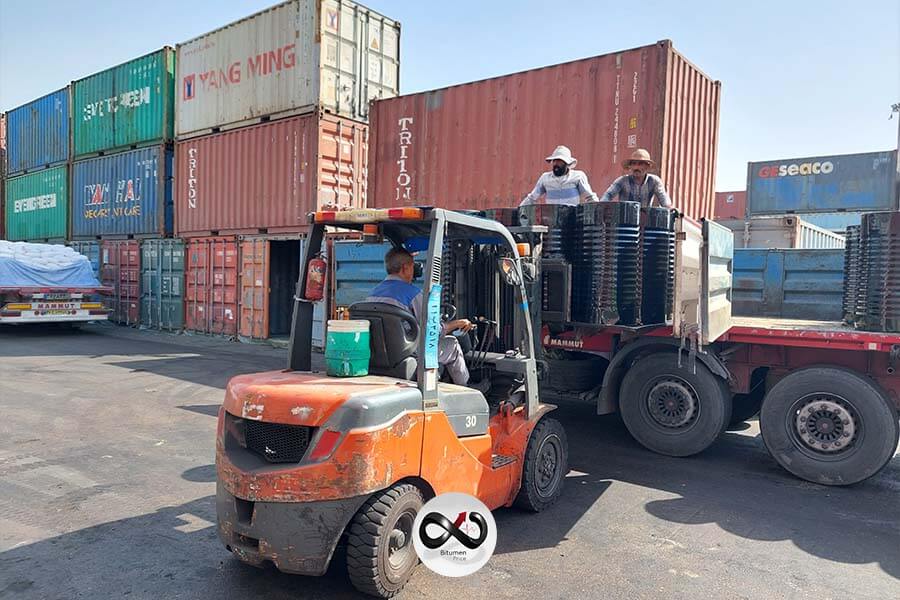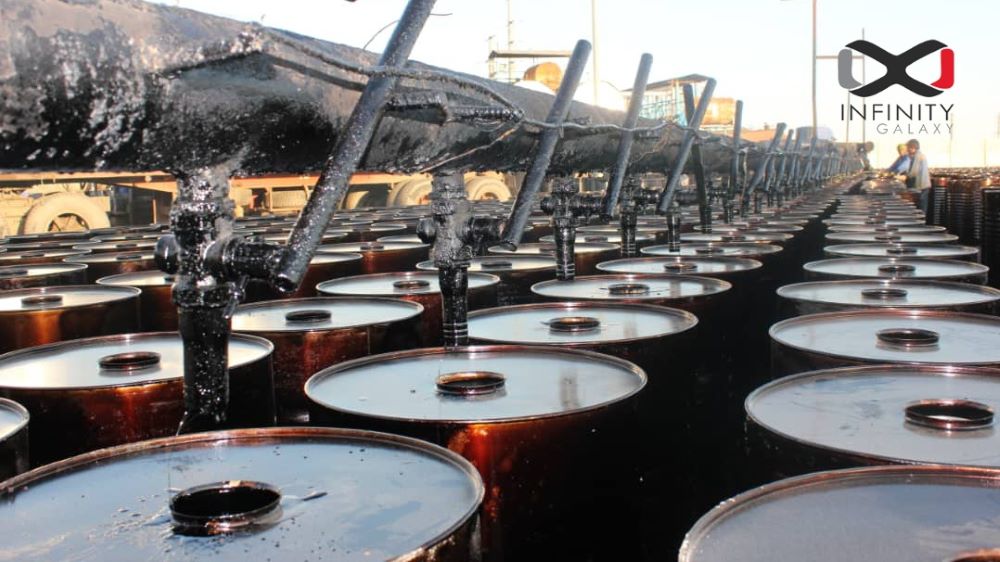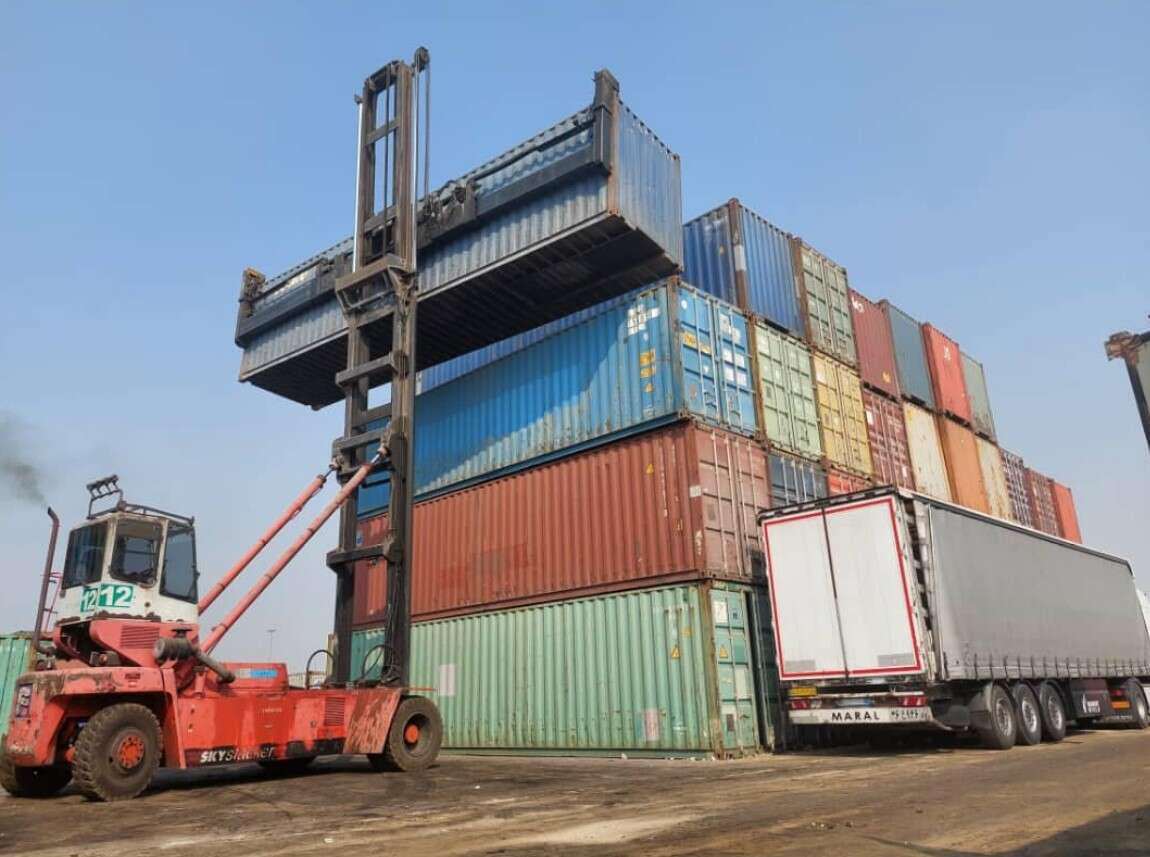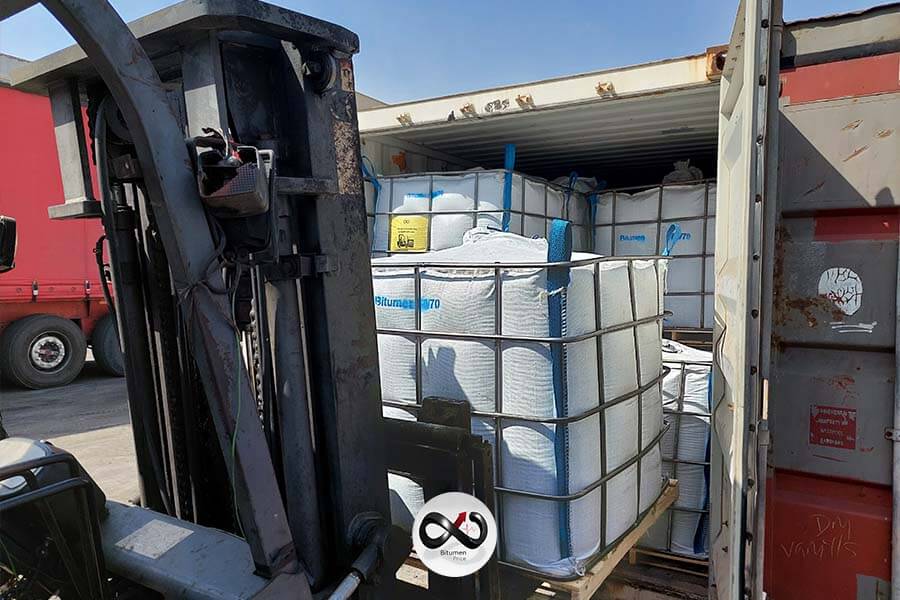U.S. Energy Information Administration - EIA - Independent Statistics and Analysis
Data source: U.S. Energy Information Administration, U.S. Energy Information Administration, State Energy Data SystemCalifornia accounts for nearly all renewable diesel consumption in the United States, but most of it isn’t made in the state. Renewable diesel is a liquid biofuel that is chemically equivalent to petroleum diesel and can be used as an additive or substitute for diesel fuel in vehicles. Unlike biodiesel, renewable diesel can be transported in petroleum pipelines and sold at retail stations without blending with petroleum diesel. California’s renewable diesel consumption grew substantially after its Low Carbon Fuel Standard (LCFS) went into effect in 2011. We recently published new renewable diesel statistics in SEDS, including annual renewable diesel production and consumption estimates by state for 2011 through 2021.





